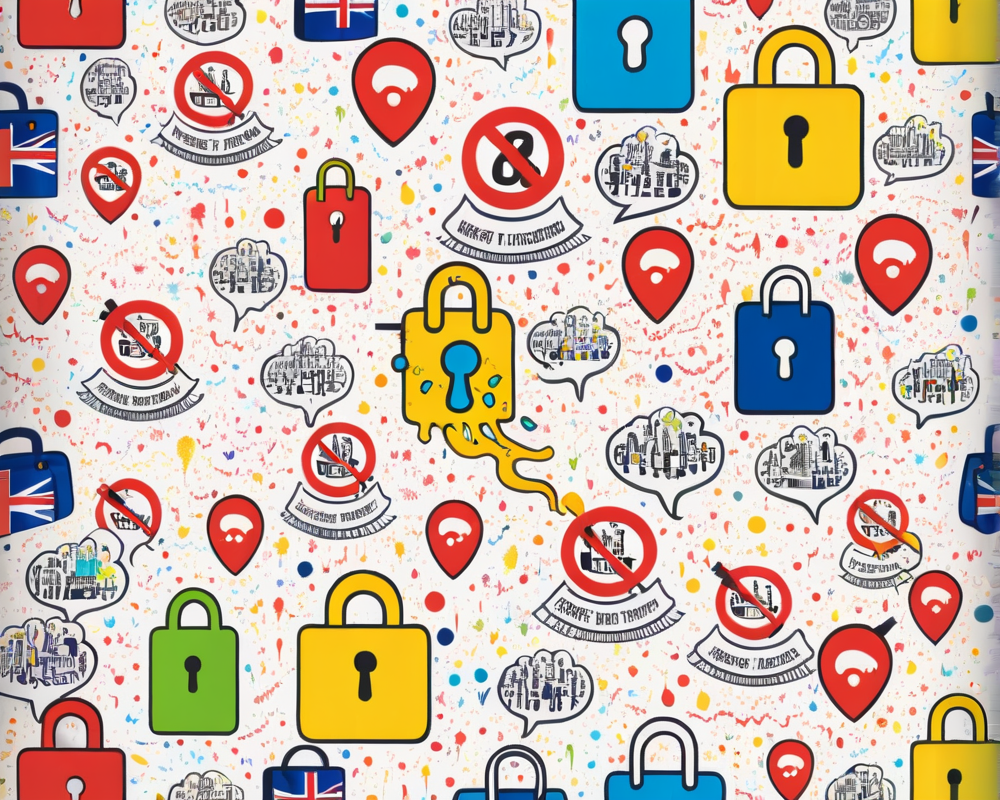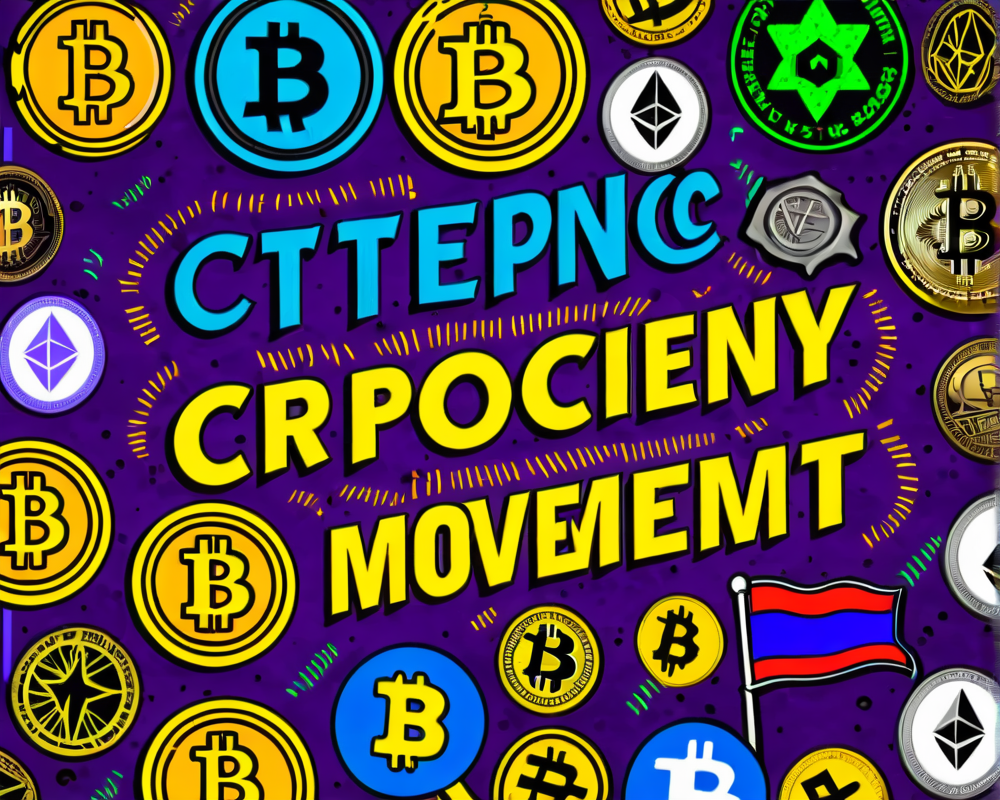The NFT Tsunami: Waves of Change in the Art World
In recent times, the world of art has found itself swept away by a digital tsunami known as NFTs (Non-Fungible Tokens). These blockchain-based assets have catapulted artists and collectors into a realm that was mostly reserved for cat memes and weird crypto jargon. But just like that one friend who shows up to every party with a mysterious bottle, NFTs have quickly become a fixture in the art scene—both loved and frowned upon.
Tezos and the Great Hic Et Nunc Disappearance
On November 14, the beloved Tezos-based NFT marketplace Hic Et Nunc pulled a Houdini, leaving artists scrambling faster than a cat in a room full of rocking chairs. With significant exhibitions like “Ethereal Aether” at the Hermitage Museum and Art Basel Miami hanging in the balance, panic ensued. Diane Drubay, the founder of We Are Museums, reminded everyone to keep calm: “Nothing was lost, and artists were safe to keep making a living from their NFTs.” Instead of a full-blown crisis, this situation offered a chance for creators to organize and push forward—because what else do you do when a website gives up on life?
The Battle of the NFTs: Love ‘Em or Hate ‘Em
From the perspective of critics, NFTs sometimes get the side eye of disdain. Computer scientist Antsstyle claims they are energy hogs contributing to climate change and a playground for tax evaders. A viewpoint solidified with jaw-dropping quotes like, “NFTs are bad for the environment—as they rely on cryptocurrencies that cause huge amounts of carbon emissions.” Indeed, artists now tread carefully as they navigate this brave new world of digital art—it’s either investment gold or a costly hoax, depending on who you ask!
- Innovative art pieces like Pak’s “The Pixel” have fetched impressive sums, raising the question: is it genius or lunacy?
- Notable transactions like crypto-collectibles, could this be a Ponzi scheme dressed as glitter?
Taxmen on Your NFTs: A Cautionary Tale
The rise of NFTs has caught the attention of tax authorities across the globe. With potential misuse rampant, the U.S. IRS has stepped into the fray, calling for more transparency and compliance. Laws like H.R. 3684 look to unveil the identities of buyers and sellers alike, tracking down those cheeky individuals trying to slip through the cracks with clever tax evasion schemes. In a world where $10,000 in crypto can send you packing to a world of legal troubles, it’s essential to keep your records clean, folks!
The Eco-Friendly NFT Uprising
As dire warnings about the environmental impact of NFTs spread like wildfire, some artists have started to turn towards more sustainable platforms, like Tezos. Ilya Shkipin, an advocate for low-gas fees, emphasized choosing an eco-friendly minting experience. Yet, it’s clear that the art community leans toward practicality as much as they do towards eco-consciousness. Displaying creativity while maintaining that green thumb has become the dual challenge of the time—like balancing on a tightrope made of spaghetti.
The Future of NFTs: Are They Here to Stay?
Reflecting on NFTs’ impact in 2021—dubbed the year they entered the mainstream—can lead us to wonder: are they fads destined to fizzle out or a transformative innovation in our digital world? As museums embrace NFTs to raise funds and expand their digital reach, and with companies like the Guggenheim planning to open the world’s biggest NFT museum, these tokens are riding a wave of popularity. Just remember to wear a life jacket—sometimes those waves can turn into tidal waves!




